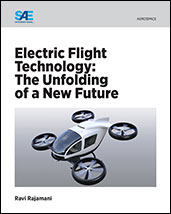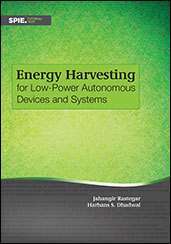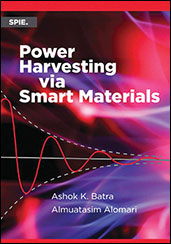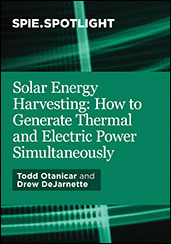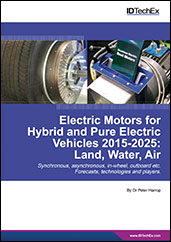Book
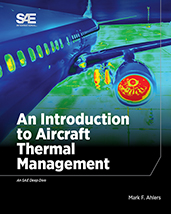
An Introduction to Aircraft Thermal Management
2020-04-14
Aircraft Thermal Management (ATM)focuses on how to manage heat in an aircraft to meet the temperature requirements for passengers and vehicle. This primarily involves removing heat and protecting equipment, systems, and structure from heat sources that could raise their temperature beyond design limits. Crew and passengers must be neither too hot nor too cold during airplane operations. Thus, maintaining thermal comport is critically important, and not a trivial operation. Written by Mark F.



